10 Famous Explorers in History
Fridtjof Nansen (1861-1930)
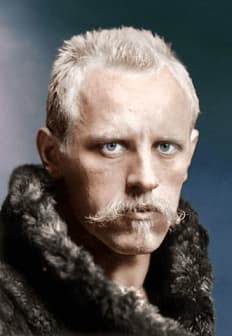
Fridtjof Nansen was a Norwegian polymath who devoted the last years of his life to the League of Nations and received the Nobel Peace Prize for his contribution to refugees of the First World War. In his youth, Nansen was a polar explorer, who led the first crossing of the interior of Greenland in 1888. He gained international fame after his North Pole expedition of 1893-96 after reaching a latitude of 86° 14′. It was the northernmost region of the earth anyone had reached at that time. Nansen revolutionized the techniques of polar travel, subsequent explorers followed the type of clothing, travel equipment, and exploration methods for polar voyages he developed.
Ferdinand Magellan (1480-1521)
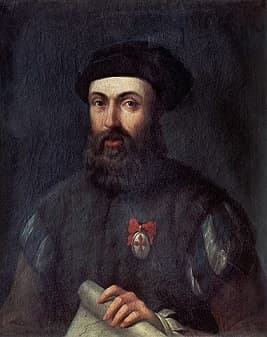
Ferdinand Magellan was a Portuguese navigator and explorer who led one of the most daring voyages of his time (during the age of discoveries). Magellan undertook, although without completing it because he was killed, what would become the first circumnavigation of the globe. Nevertheless, Magellan was one of the first Europeans to cross the Pacific and he proved it was possible to sail west for trade in the Indies, as he discovered a passageway through the Americas. This sea passage "Straight of Magallan" named after the explorer that discovered it, is considered the most important crossing between the Pacific and Atlantic oceans.
Lawrence Oates (1880-1912)

Lawrence Oates was a British cavalry officer and later a polar explorer. In 1910 he joined the Terra Nova Expedition organized by Robert Falcon Scott for the conquest of the south pole. However, the British expedition reached the Pole only to find that they had been beaten by the Norwegian expedition led by Roald Amundsen, which had planted its flag just 35 days earlier. Exhausted and disappointed, the expedition began to return to base camp in terrible conditions. The first to die was Edgar Evans, afterwards, Oates fell ill with frostbite. When his team refused to abandon him, Oates entered history with his final words "I am just going outside and maybe some time."
Vasca da Gama (~1460-1524)

Vasca da Gama was a Portuguese navigator, famous for being the first European to reach India by sea. After dozens of attempts by sailors to reach India resulting in many shipwrecks and countless deaths, Gama discovered a route around Cape of Good Hope (a rocky promontory on the Atlantic coast of Soth Africa) that allowed him to reach the Indian ocean and ultimately reach Calicut, India. Returning to Lisbon they were greeted as heroes. The Portuguese epic poem Os LusÍadas was created to celebrate the discovery. A discovery that allowed Portugal to monopolize the Asia-Europe trade by sea and build the largest commercial and maritime empire of the time becoming a superpower.
Edmund Hillary (1919-2008)
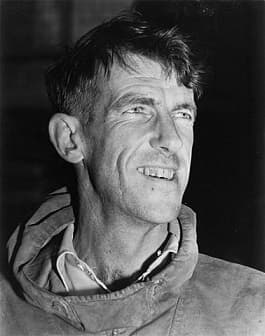
Sir Edmund Hillary was a New Zealand mountaineer and among the best-known explorers in the World. He owes his fame to his 1953 expedition to Mount Everest, the highest mountain in the world. On May 29, Hillary and Sherpa Tenzing Norgay reached the top. Hillary was 33 years old when he climbed Mount Everest and described his feat, saying "it's like getting to the moon without the help of technology." He was honored for his achievement with the title of knighthood. In further campaigns, Hilary climbed 10 more peaks in the Himalayas. He also reached the South Pole and later when he explored the North Pole, he became the first person in the world to reach both poles and the highest peak in the world.
Ernest Shackleton (1874-1922)
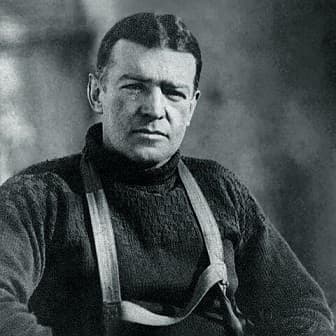
Sir Ernest Shackleton was a British polar explorer during the "Golden Age of Research." He took part in four Antarctic expeditions, three of which he was the expedition leader. Exploration earned Shackleton fame and knighthood. The most famous expedition was the 1914 campaign that ended in disaster. A small part was to cross the entire Antarctic continent for the first time. However, before reaching the shores of Antarctica the expedition ship named "Endurance" was trapped by pack ice. Unable to free the ship with pick-axes and shovels, they were stuck. The ice slowly crushed the ship and eventually, it sank. The crew was stuck on the pack ice with only what they had salvaged. Shakleton managed to save the entire crew of 27 men but his heroism was not recognized at the time in light of World War I.
Christopher Columbus (1492-1499)
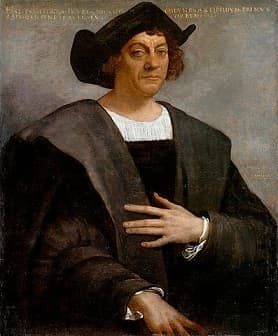
Christopher Columbus was an Italian navigator and famous explorer who discovered America. Historians consider his arrival in America a historical landmark and call the period before that the pre-Columbian era. Although there is ample evidence of pre-Columbian contacts between America and other continents, Columbus is credited with the discovery of America as his voyage marked the beginning of the colonization of the New World (American continent). Columbus was commissioned by Queen Isabella of Spain to travel to Eastern Asia (the Indies) by crossing the Atlantic ocean. When he met the natives, he believed they had passed Japan and were now closer to India. When Columbus died 14 years later after three other trips in the service of Spain, he did not realize that he had reached a completely new land.
Zheng He (1371-1433)
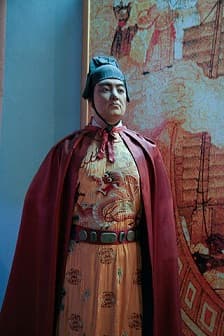
Zheng He (or Cheng Ho) was a Chinese admiral, diplomat, and explorer. China sort to expand trade and expand China's known world. From 1405 to 1433 Zheng He led seven campaigns to the Pacific and Indian Oceans, with the greatest fleet the world had ever seen, consisting of over 300 junks (ships) and 28,000 men. During the expeditions, His fleet explored the seas as far as Arabia and East Africa visiting more than 30 countries and regions. These expeditions are also known as "Chen Xi Journeys to the Western Ocean."
Juan Ponce de León (1474-1521)

Juan Ponce de León was a Spanish conquistador. In 1493 he volunteered to accompany Christopher Columbus on his second voyage to the New Land. In 1508 he began the colonization of Puerto Rico by founding the first settlement, Caparra, and in 1509 he became the first governor of Puerto Rico. However, Ponce de León is best known for leading the first official European expedition to Florida. In 1513 he claimed the land for Spain and named it "La Florida" (Spanish for "flowery"). In memory of Ponce de León's arrival on April 2, "Pascua Florida Day" is a public holiday in the state of Florida. Although he is said to have sought the "fountain of youth" there is no contemporary evidence to support this story.
Willem Janszoon (1570-1630)
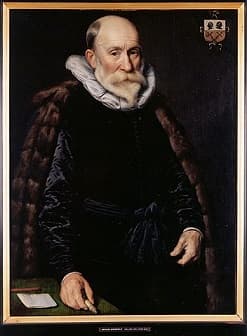
Willem Janszoon was a Dutch navigator who served the Dutch East India Company. He sailed to Southeast Asia during various periods to search for other trading outlying islands, especially in New Guinea and other eastern and southern islands. He is best known for an expedition in 1605 that took Jonszoon to the Cape York Peninsula, in present-day Austalia, which he mapped, believing it was an extension of New Guinea. Nevertheless, he is officially considered the first European explorer to discover Australia. He is also the first European to land on the coast of Australia.